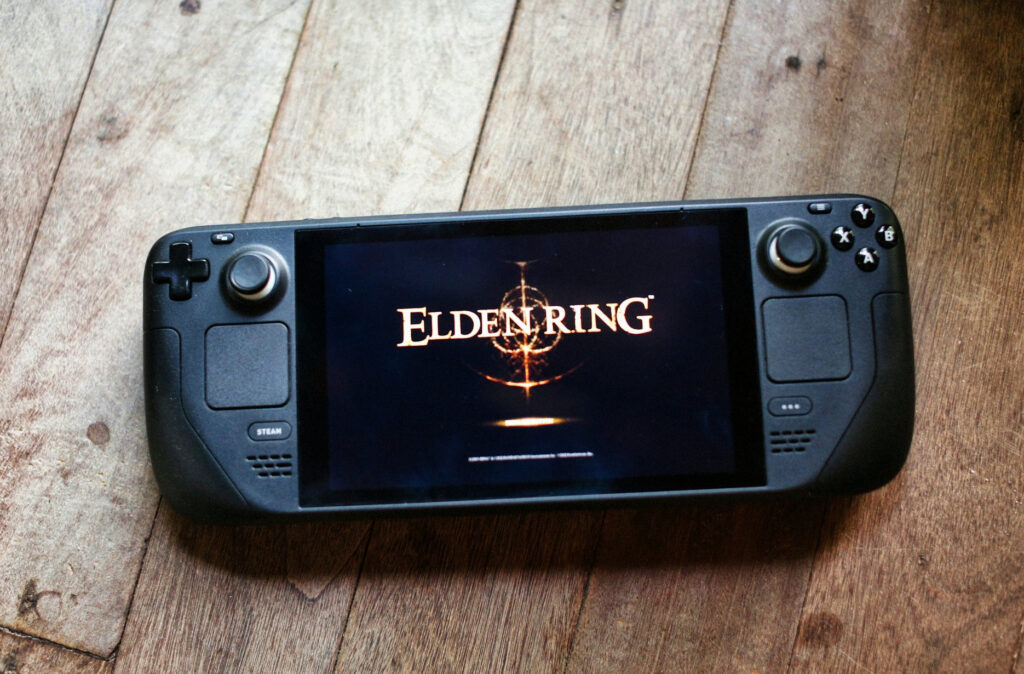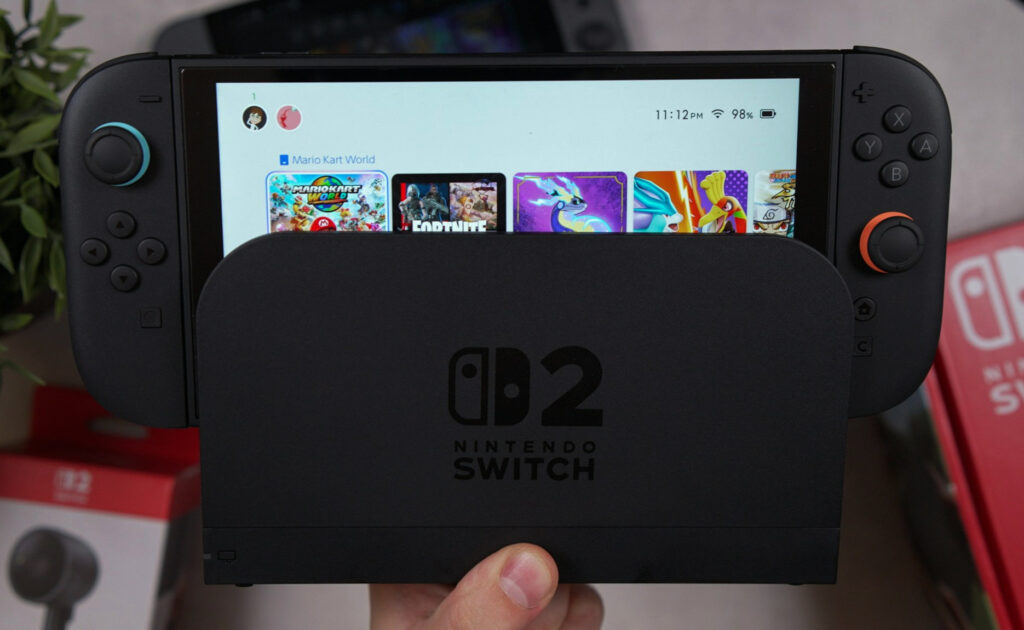
From Menu to Movement: The UX Journey of the First 60 Seconds
The Anticipation of Loading As gamers immerse themselves in a new virtual realm, the loading screen acts as a bridge between anticipation and engagement. This initial phase is integral to the player’s experience, encompassing a spectrum of emotions ranging from excitement to impatience. During this time, players often reflect on what lies ahead, fueled by the visual and auditory stimuli that developers carefully curate. The graphics displayed during the loading process play a pivotal role in setting the tone for the game. Engaging artwork or snippets of in-game visuals can capture a player’s imagination and foster excitement. For instance, a beautifully rendered image of a fantastical landscape or character can invoke feelings of wonder and eagerness. Moreover, developers may choose to include thematic animations that tease players about impending challenges, enticing them to delve deeper into the storyline. This visual allure transforms the loading screen from a mere waiting period […]
From Menu to Movement: The UX Journey of the First 60 Seconds Learn More »








